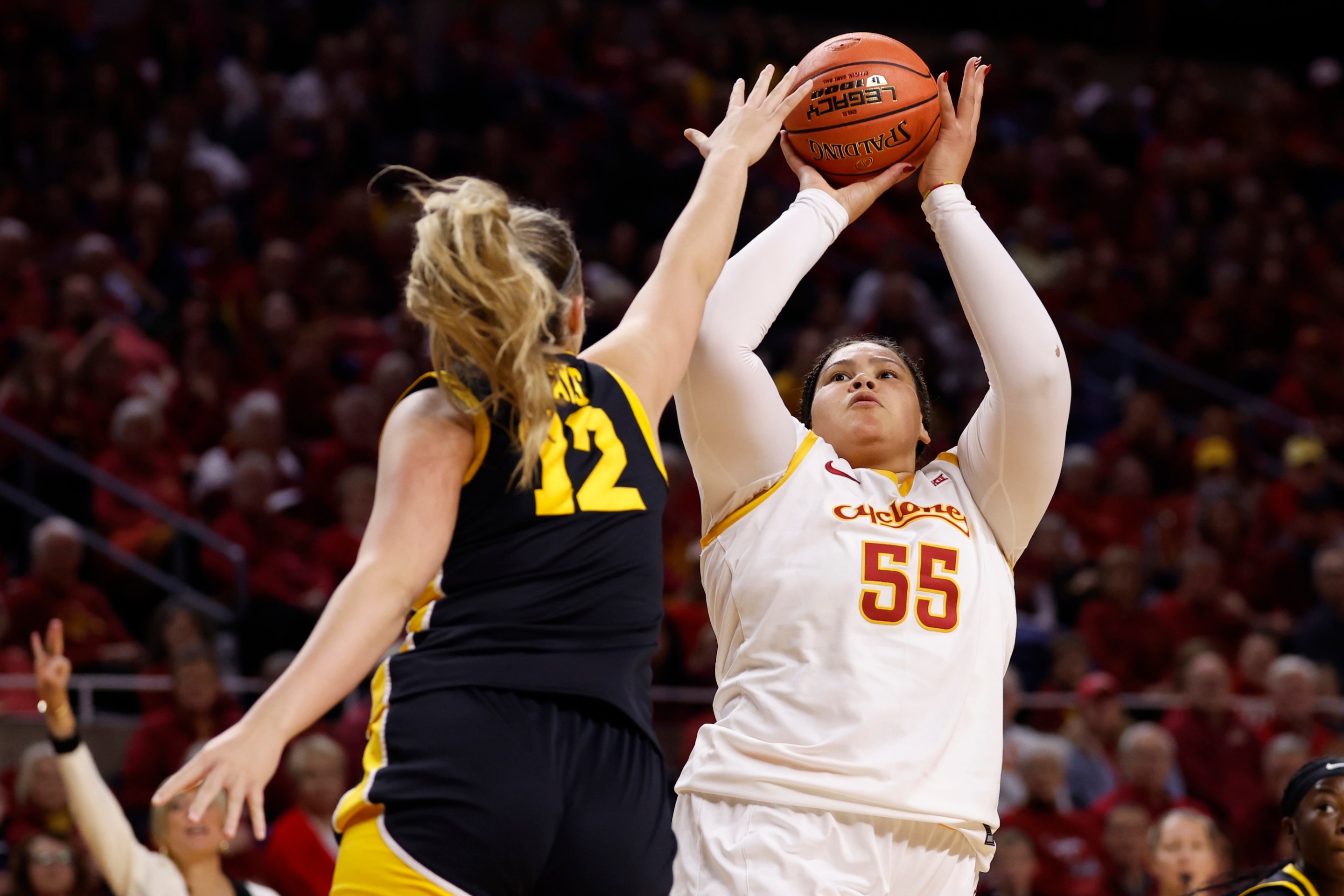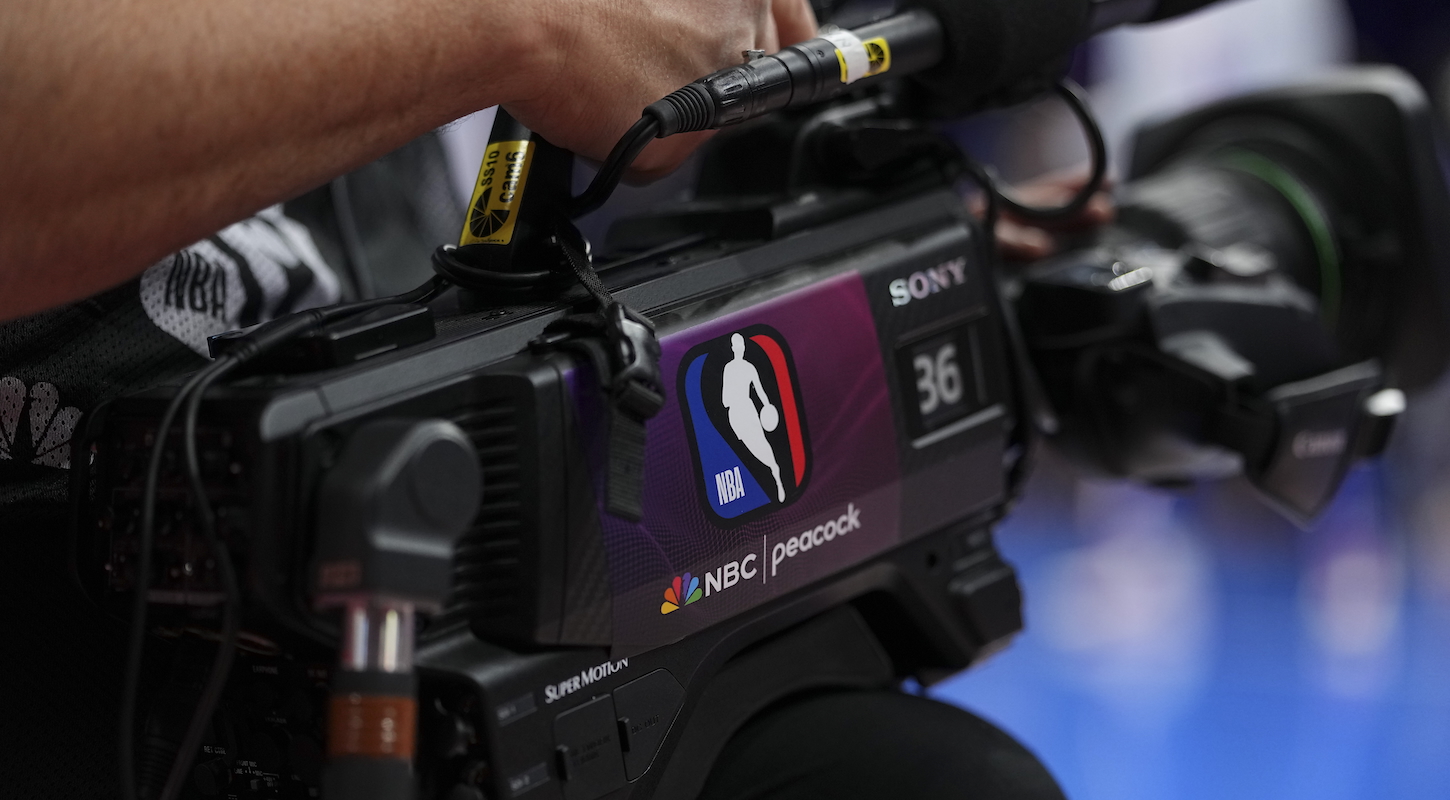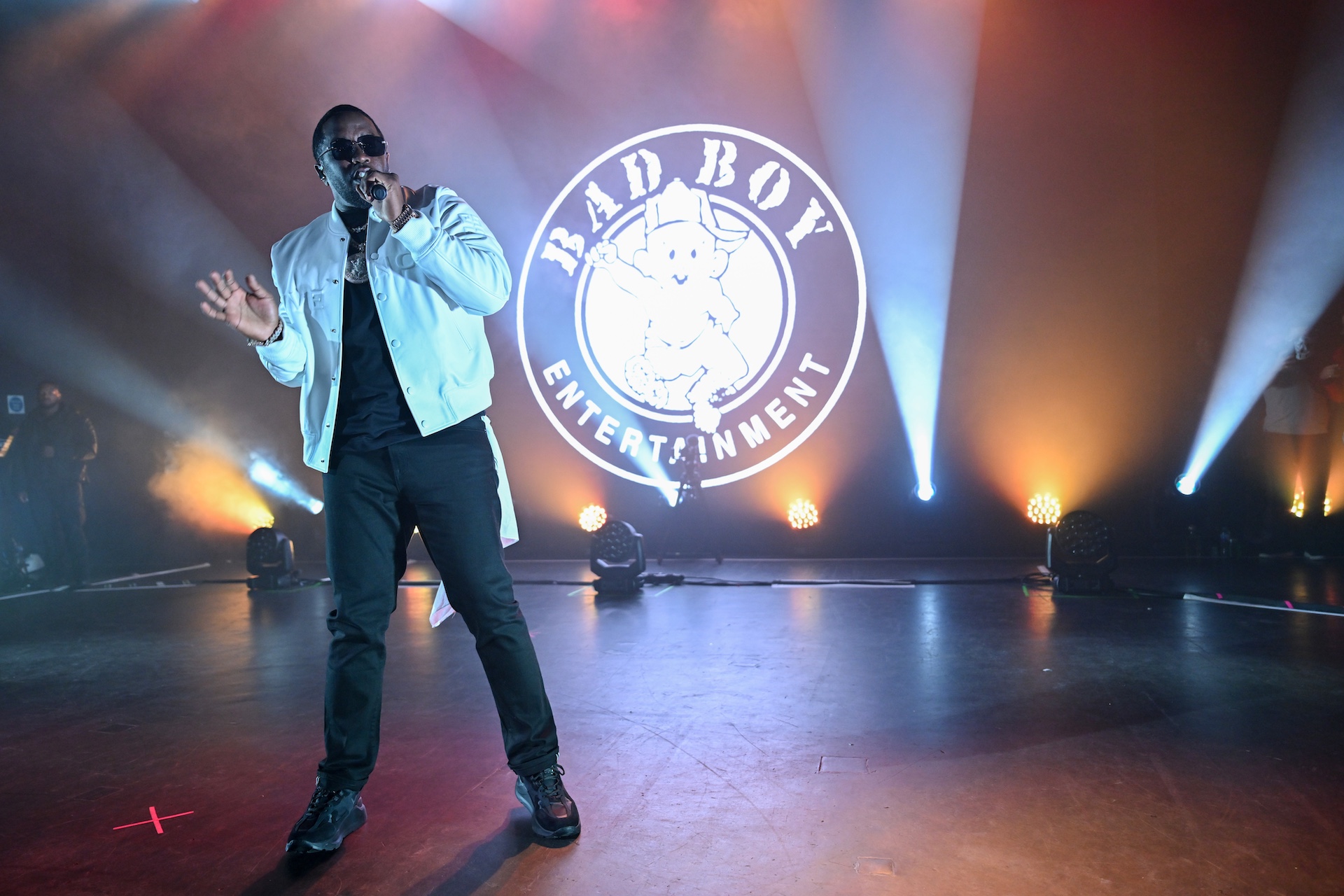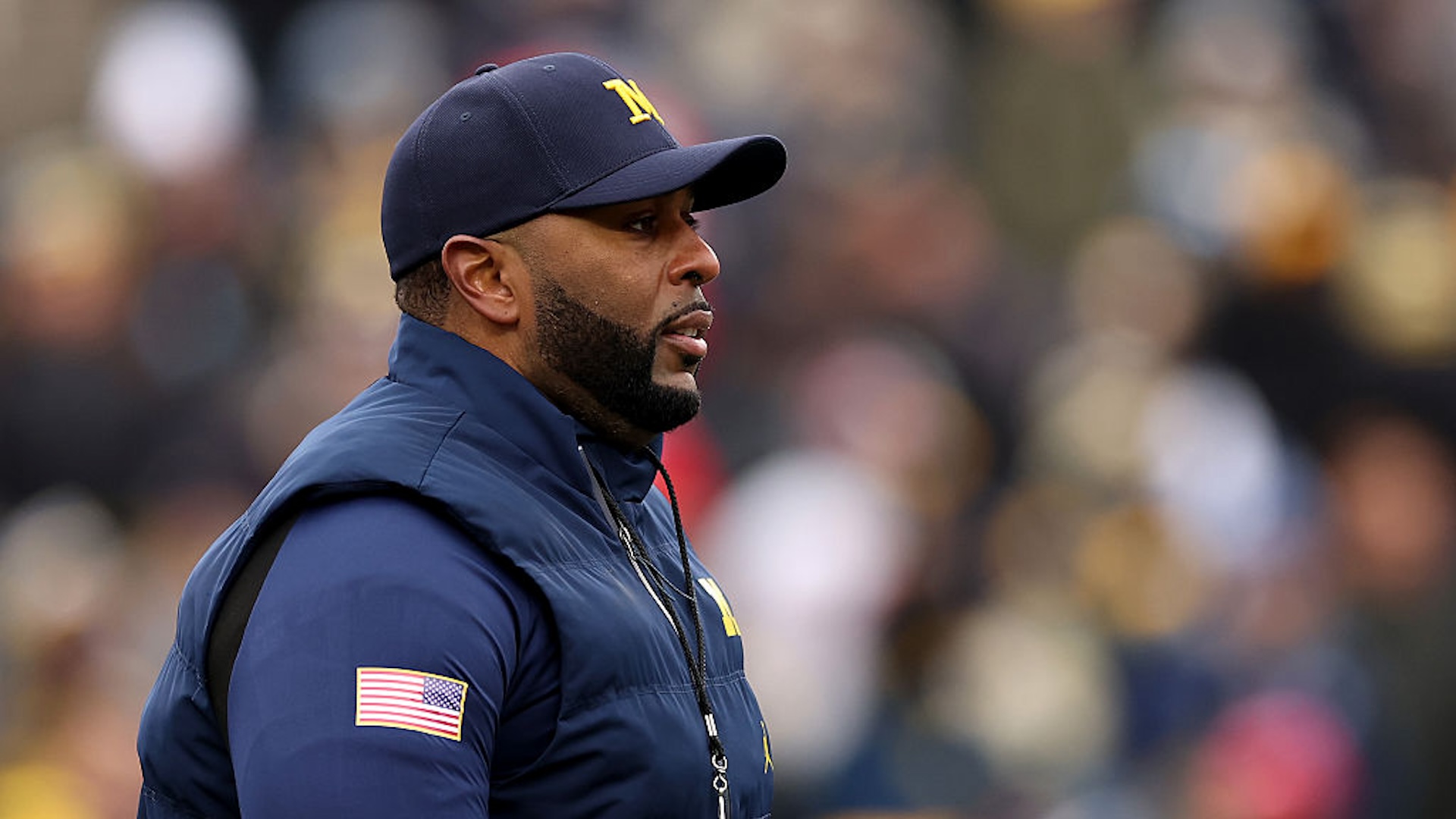Elyse Myers is famous for being normal—32-year-old brunette, married with two kids, lives in Nebraska kind of normal. Her press often refers to her as “The Internet’s Best Friend.” In her four years in the spotlight, her content has evolved from straight-to-cam self-narratives into the kinds of things all influencers post now: cooking videos, clips of her singing, real-time reactions to the new Taylor Swift album, get-ready-with-mes, and vulnerable posts about body-positivity. For this, she has gained a massive following: 7 million on TikTok and 4 million on Instagram. In all likelihood, someone in your life knows who she is and cares to some degree about her.
In the type of videos Myers became famous for, she talks directly to a camera that sits propped on a surface in front of her. She tells short stories: vignettes from her past where something silly, difficult or awkward happened, usually just under the three-minute time limit TikTok prefers. Her signature style is to start with a question that you might pose on a first date or at a company bonding off-site: What’s the strangest job you’ve ever had? What’s the worst date you’ve ever been on? What’s something you should be embarrassed about that you aren’t?
"That’s a great question, I’d love to tell you," she responds before launching into a story about her personal life. That response is also the title of her first book, which debuted at No. 6 on The New York Times' bestseller list. This book has changed Myers’s status in the world. But she hasn’t quite realized it yet. Last week, Myers responded to a post by @alisonrosevintage on Threads. The post read, “Noooo I’m so sad I don’t like this book at all. Has anyone else tried reading it? It’s not at all like the stories she tells on her videos. [sobbing emoji] I’m on the 5th essay and I think I have to stop reading it. Ugh.” She attached a photo of Myers’s book.
Myers was not tagged in this post. It didn’t even include her name, so she couldn’t have name-searched to find it, which is why I’m inclined to believe the first line of her response. “Instagram decided to put this in my feed as a post I might like, so now I’m here,” she wrote. “I’m bummed you don’t like it but not at all offended. Everyone has different tastes in books and that’s okay! Please feel free to return it! [white heart emoji].” She also responded to a few other fans in the same vein.
As far as fan-celebrity interactions go, it’s a decent one. But it has sparked a wildfire on BookTok, where other authors and readers have responded to her with criticism. Author Don Martin, who is also a New York Times bestseller, posted a video one week ago that has 330,000 likes and, as of now, almost 5 million views. In it, he attempts to explain a few mostly unwritten but understood rules that authors abide by. “This is a piece of advice,” he says. “You need to stop talking to readers when they are reviewing your work on social media. Like, full stop.” From there, the discussion has snowballed into a larger conversation on BookTok about how authors should and can interact with criticism of their work. Should an author respond to criticism? Should an author even read criticism of their work? Should Elyse Myers apologize? What does it all mean?
The evolution of the algorithms for recommended content on social media means that all artists are more likely than ever to be confronted with unsolicited criticisms of their work. What matters now is how an artist can manage it.
That’s a Great Question, I’d Love to Tell You is made up of short vignettes of stories about Myers's life, surrounded by small illustrations. Myers plays around with form—some of the vignettes are poems, some are how-tos, some are printed in her handwriting, and some are very sparse. It is a book that is clearly—for better and for worse—made for her fans, because like all celebrity memoirs, it does not give any context for why a normal person should care about her or her stories. The book dives immediately into tales from Myers’s childhood about having anxiety and crushes and fears about making friends. These are all relatable, normal problems for a person to have, and they seem meant to carry on the work that Myers does in her content.
It is important to remember that Elyse Myers is famous for being herself. The video that made her famous in October 2021 started with the question, “What’s the worst date you’ve ever been on?” Myers monologued about a man she met on a dating app who asked her to meet him at his house. Then he said his car wasn’t working, could she drive them? She did. She drove him to a Taco Bell. They went through the drive-thru, and he ordered 100 hard-shell tacos. He did not bring his wallet. It’s a good story, and Myers comes off as cute, funny, and—perhaps most importantly—relatable.
“My one thing I really cling on to is I just want to add value to people’s life, and I want them to feel known and seen. Those are my three sentences I really run through,” she told Vanity Fair in 2022. That is what Myers has really thrived at: making people feel like she knows them. Or, in perhaps more cynical terms: cultivating parasocial relationships with millions of people. She gives them vulnerability and openness and almost-direct access to her and her life, and they give her eyeballs and views, which equates to money.
The book extends that work of parasociality. It gives her fans glimpses of Myers that they maybe haven’t seen before—she tells the story of how she met her husband, for example. This intimacy was her stated goal. The flap copy is addressed to the reader: “As you read this book, I hope that you see parts of yourself within the stories, and that they help you realize there’s so much beauty in seemingly ordinary moments.” It's signed "<3 em."
A few of the stories have the same strange, thrilling voice that Myers used in the taco story, which made her famous in the first place. In one, she tells a story about going to a nightclub with some friends in Paris, and being approached by a man who is clearly a sex worker, but misreading the situation and assuming that he's just flirting with her. Her realization (far too late) is followed by two full pages where the text "ohmygodohmygodohmygod" is repeated over and over again in increasing font sizes. She writes, “My face is not red. It is officially purple. The skin on my face is so hot that it physically hurts when my mouth moves as I speak. I have never—and I mean never—misunderstood the actions of another human being so tremendously.” The casual, best-friend tone works well here. I imagine it works even better in the audiobook.
Most of the stories are not this effective. There are stories about getting a Magic 8 Ball toy at Halloween, and her first crush, and eating a breakfast burrito with a new friend in college. They are the kind of stories I have had close friends tell me on long drives when we are both bored and dredging the ocean floor of our memories for the embarrassing and the strange and the special, which is to say they are the kind of stories you like if you already love the person telling them.
Or in this case, the person Elyse Myers once was. The entirety of the book is about her life before she married her now-husband in 2017, when she was a normal girl having normal interactions. Elyse Myers, today, does not live a normal life. No one with that many followers can, really. Her life is no longer average. She has a podcast and a book and an immense following. But you wouldn’t know it from this writing.
The flap copy on That’s a Great Question, I’d Love to Tell You says that Myers feels it is “the most creative and vulnerable project I’ve ever completed.” That is not an uncommon feeling for an author. I've published two books, more than a hundred episodes of a podcast, and thousands of blogs. To do so is inherently vulnerable. The work of creation is the work of vulnerability, and when you publish something, you release it into a world where you cannot protect it and therefore cannot protect yourself.
This is a key and fundamental career shift for Myers: the shift from operating in your own space (making content) to operating in the public sphere (making art). When you post on your own social media, you get to determine the rules of engagement. You can set boundaries on how people interact with you as a person. You can delete comments that aren’t to your liking (though I would advise against this). You can remove all your posts if it all becomes too much for you, as Myers did last year, because the space you exist in belongs to you.
When you create a piece of art, the rules are different. Both of my books have Goodreads reviews, Storygraph reviews, and online conversations among readers. They are none of my business. When my first book came out, my publisher, my agent, and every other writer I knew told me to avoid those spaces, because they aren't for writers. They are for readers, who are allowed to hate your book without having to talk to you about it. Even five years ago, when my first book was published, it was easier to avoid these spaces than it is now. The algorithms have improved, and that means that Instagram and TikTok will serve you criticisms of your work that you didn't ask for and didn't want to see.
I believe that Myers encountered that Threads post by accident, because I too have been shown criticism of my own work by the algorithm. It feels like a punch, being presented critiques of your work with no warning. And I understand Myers's decision to respond. Her feelings were hurt, she cannot unsee the criticism, and so she decides to nicely reply. You could argue (and many of Myers's fans have in the past week) that this should be allowable behavior—that an artist should be allowed to stand up for their work against the haters.
But this is a fundamental difference between art and content. The art exists without you, and it has to stand up for itself. You cannot follow it around explaining why you did the things you did, or apologizing for it, or even speaking for it, because it is separate from you and it is finished. A book exists forever on its own, and even by the time it is published you will have changed as a person and a writer and a thinker. The book is, hopefully, no longer the best you can do.
And that is the job of creative work: to create something you stand behind, to learn from it, and then to move on to create something else. It is not a normal way to have to interact in the world, but that's OK, because Elyse Myers isn't normal anymore anyway. No authors are.







